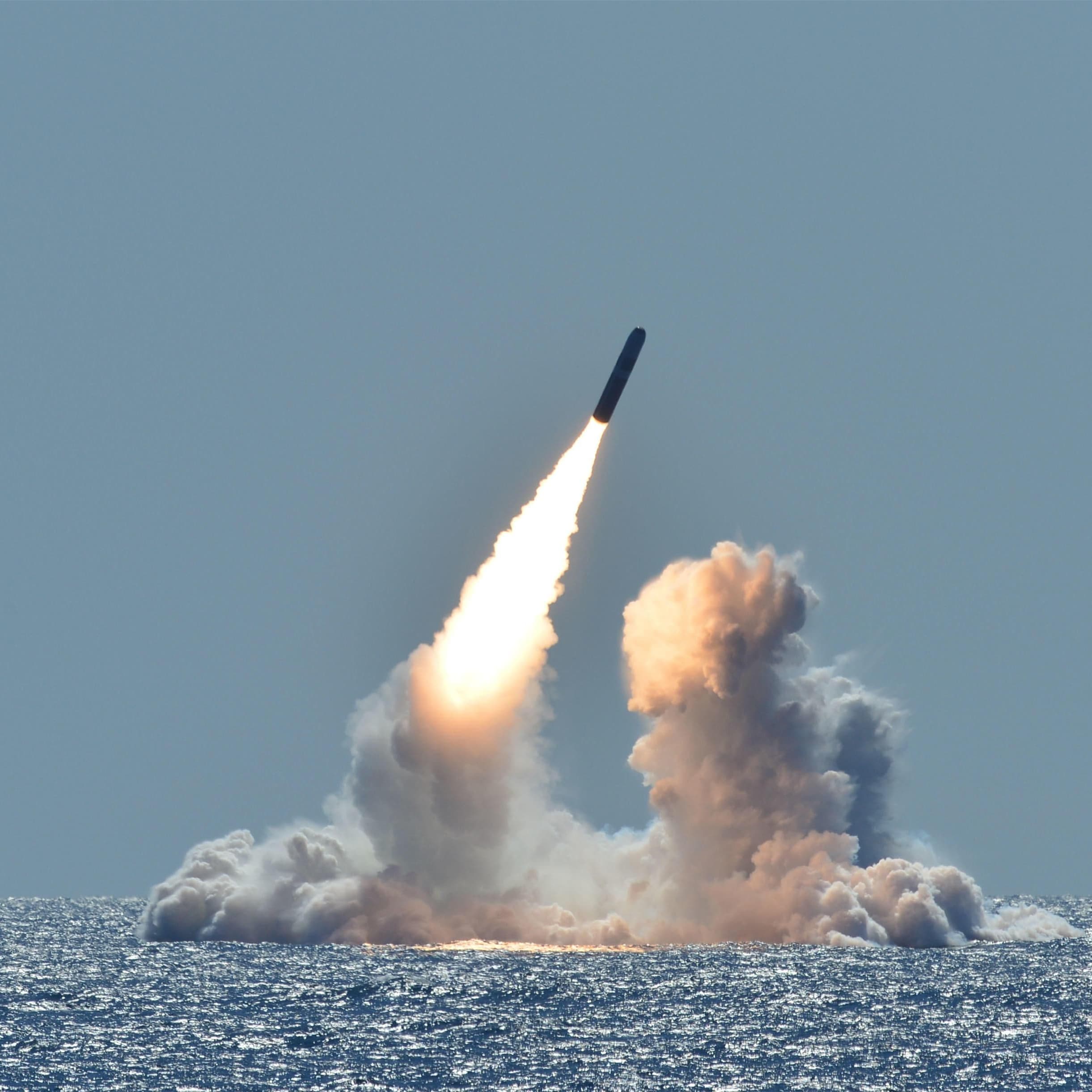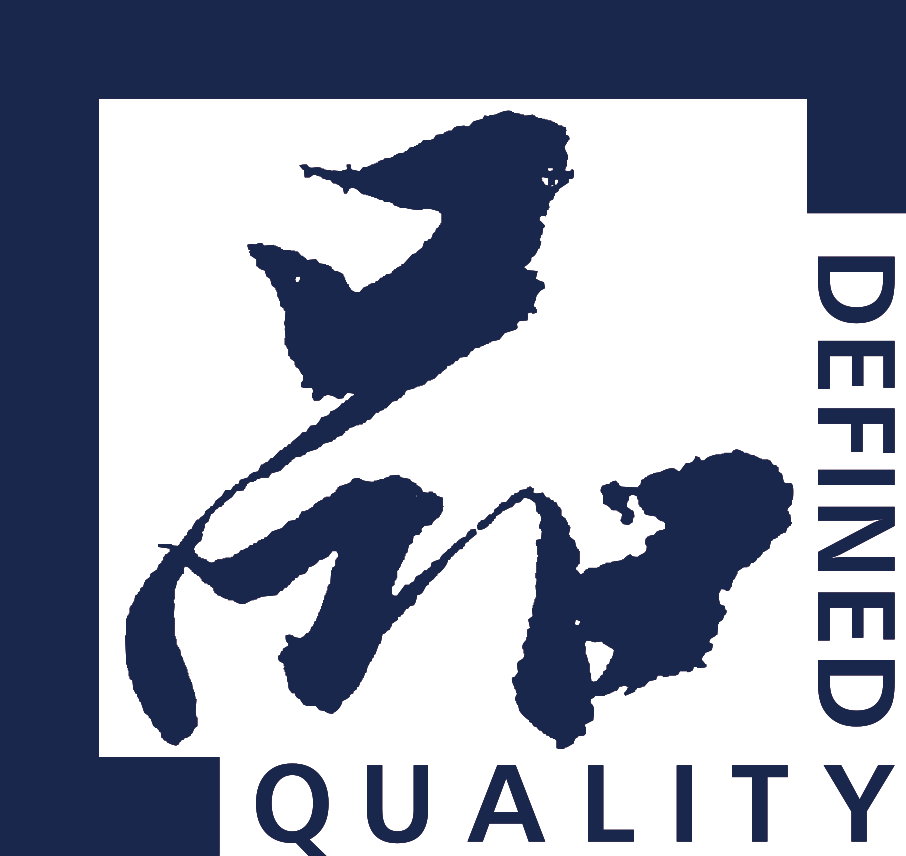Error: Contact form not found.
Custom Neodymium Magnet
sintered Neodymium magnet produced by a process named powder metallurgy, and because of the materials are super easy to be oxidized, they will be formed in a inert gases envirnment etc. that usually the sintered neodymium magnet are produced to a certain block or cylinder shape. then with cutting and linear cutting process to make a requirement dimensions and shape. All the neodymium magnets are antisotropic material, that they will be asked to orient. that the max dimension also will be limited by the magnetic field of the equipment. the minimum dimension would be limited by the machining process. the recommended limited dimension. the detail product need to inquire us for more info.
2″ max in the magnetized direction
3″ max diameter for discs, cylinders, and rings
4″ max length and width for blocks
1/32″ minimum on thickness on any magnet
1/16″ minimum diameter on outer diameter
1/16″ minimum diameter on any hole
Neodymium magnet is the strongest permanent magnet, but they also have disadvantages. Easy to be damaged by the oxidization and heat. The magnetic properties is very important for you to choose a neodymium magnet grade, also the temperatere performance is also a necessary factor need to think about. The grade usually like N+number+special code, the number usuaully related the max energy product (BH)max the unit is MGOe, but it not means the magnetic force. Usually the number bigger the magnetic is stronger. The addtional special code is related the temperature performance.
The magnetization direction is a very important data for a permanent magnet, the magnetic line of force in the magnet is from S pole to N pole, and out of the magnet would be N pole to S pole, the magnetization direction means the direction in the magnet. The sintered neodymium magnet usually just have a couple of south and north pole because of the strongest performance and the antisotropic material. It is super difficult to make multi-pole on a sintered neodymium magnet.
Neodymium magnet is very easy to be damaged by the oxidization issue, plating can help neodymium magnet prevent or slower the oxidization process. usually the magnet need to be salt spray tested for more than 36 hours. The default plating usually for industrial usage Ni-Cu-Ni, and for common commercial usage is Zn or color Zn.
| Coating | Thickness
(μm) |
Color | SST
(hrs) |
PCT
(hrs) |
Characteristics |
| BW-Zn | 4-15 | Bright blue | ≥24 | – | Secondly commonly used single layer coating. Poor anti-corrosion ability. |
| Color-Zn | 4-15 | Shining color | ≥48 | – | Anti-corrosion ability is better than BW-Zn. |
| Ni-Cu-Ni | 5-20 | Bright silver | ≥48 | ≥48 | Most regular used multi-layer coating. Excellent humidity and salt spray resistance. |
| Chemical-Ni | 5-20 | Dark silver | ≥72 | ≥48 | Excellent humidity and salt spray resistance with uniform appearance. |
| Black-Ni | 5-20 | Gloss black | ≥48 | ≥48 | Excellent humidity and salt spray resistance with superior appearance and decoration. |
| Ni + Au | 5-20 | Golden | ≥72 | ≥96 | Excellent electrical conductivity and decorative. |
| Ni + Ag | 5-20 | Silver | ≥72 | ≥96 | Excellent electrical conductivity and decorative. |
| Ni-Cu-Ni-Sn | 5-20 | Silver | ≥72 | ≥96 | Excellent humidity resistance. |
| Passivation/Phosphate | 1-3 | Dark grey | – | – | Temporary protection. |
| Aluminum | 2-15 | Bright silver | ≥24 | ≥24 | Noticeable coating. |
| Epoxy resin | 10-30 | Black/Grey | ≥72 | ≥72 | Excellent humidity and salt spray resistance. Superir binding force. |
| Parylene | 5-20 | Colorless | ≥96 | – | Excellent humidity, salt spray, corrosive vapors, and solvents resistance. Free of pore. |
| Everlube | 10-15 | Golden yellow | ≥120 | ≥72 | Excellent humidity resistance. |
| Teflon | 8-15 | Black | ≥24 | ≥24 | High temperature and rub resistance. Self-lubricant and 100% water-proof. |


